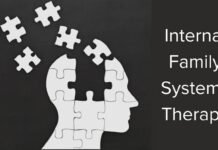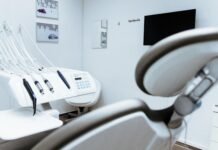Last Updated on March 12, 2024 by admin
17% of American adults have been genetically tested, and 52% are interested in doing the same.
Many of these tests focus on the paternal line, but that’s not the only way to learn about your lineage. Mitochondrial DNA tests, also known as mtDNA tests, focus on the maternal line.
This method can go back more generations than traditional methods and are a valuable asset in genealogy research. Read our mitochondrial DNA test guide to learn how it works and the benefits it can provide.
Table of Contents
How Mitochondrial DNA Tests Work
Males inherit mtDNA or mitochondrial DNA from their mothers but don’t pass it on to their children. Females inherit it from their mothers and pass it on to all their children, both male and female. Both can undergo mitochondrial DNA testing.
Mitochondrial DNA testing uses mtDNA to trace your maternal ancestry. It separates it into 3 regions.
HVR1 is a small set of pairs at the end of a strand of your DNA, and HVR2 is a set of pairs at the beginning. The coding region is the area in-between the DNA strand.
Most modern mitochondrial DNA testing looks at either the HVR1 or HVR2 region or both. The more markers on this sequence that you share with another test result, the closer the relation.
You can also have your full mitochondrial genome or mtDNA genome tested for more thorough results. If this matches exactly with anyone else, you have a common ancestor within the last 22 generations.
Mitochondrial DNA helps you find haplogroups or groups of ancestors with similar DNA. This tells you the general area your ancestors lived in.
Many companies offer DNA testing kits that they’ll deliver to your home. All you have to do is swab your cheek and send the swab back to them so they can analyze your DNA.
Your results should show up on the website of the company you bought the kit from within a few weeks. They may also be able to provide important mitochondrial DNA test advice to help you analyze the data.
Mitochondrial DNA Test Benefits
Testing your mtDNA line makes ancestry research easier. It can help identify haplogroups that are rarer or harder to track, such as Native American ancestry. It can also confirm or deny your current perception of your lineage.
Mitochondrial DNA is inherited, which means that testing it also helps trace the likelihood of several inheritable diseases, including:
- Pearson syndrome
- Leigh syndrome
- Rhabdomyolysis
- Progressive external optalmoplegia
- Diabetes
- Alzheimer’s
- Parkinsons
More Mitochondrial DNA Test Tips
Mitochondrial DNA tests look at the DNA within the mitochondria of your cells that you’ve inherited from your mother and her ancestors. The more strands that get analyzed, the deeper and more informative the results.
This form of testing is a powerful tool in ancestry research. It can go several generations back and reveal cultural groups that would be difficult to identify otherwise. It also reveals your potential for heritable diseases.
If you’re curious, order a kit, have a company analyze your DNA, and pass down the results for several generations.
Read the rest of our content for more information.
Read also: How are Mobile app testing tools important?






















